Search the Special Collections and Archives Portal
Search Results
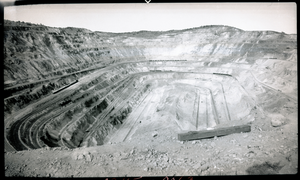
Film transparency of an open-pit copper mine, Ruth, Nevada, August, 1937
Date
Archival Collection
Description
Image
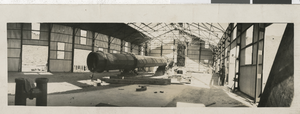
Photograph of Pershing Quicksilver Works interior, Rochester Mining District, Nevada, October 10, 1927
Date
Archival Collection
Description
Image
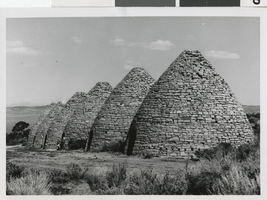
Photograph of Ward charcoal ovens, White Pine County, Nevada, 1960-1961
Date
Archival Collection
Description
Image
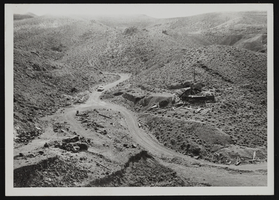
View of Cul-de-sac at Mt. Diablo Mine, Nevada: photographic print
Date
Description
Image
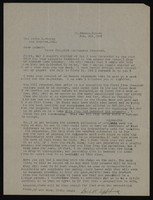
Correspondence, Levi Syphus to Sadie George
Date
Archival Collection
Description
Text
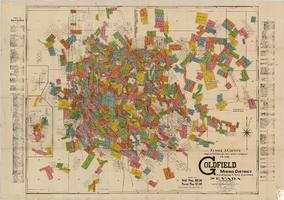
Elmer J. Chute's map of U.S. patent and location surveys in the Goldfield Mining District, Esmeralda and Nye Counties (Nev.), 1907
Date
Description
Image
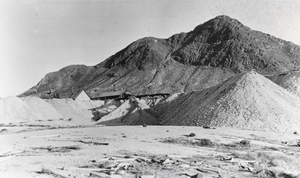
Mining operation: photographic print
Date
Archival Collection
Description
From the Nye County, Nevada Photograph Collection (PH-00221) -- Series V. Smoky Valley, Nevada and Round Mountain, Nevada -- Subseries V.C. Lofthouse-Berg Families (Round Mountain). View of a mining operation believed to be located somewhere in central Nevada, although the exact location and date are unknown. Possibly circa 1900s-1930s.
Image
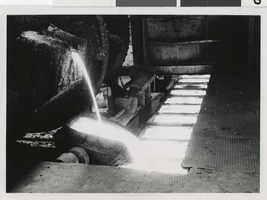
Photograph of blister copper being poured at Kennecott Copper Corporation, McGill, Nevada, 1960-1961
Date
Archival Collection
Description
Image
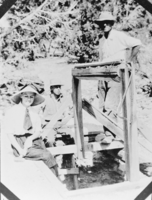
Film transparency of Olive Lake, Herbert Squires, and Charles P. Squires, Mount Charleston, Nevada, 1912
Date
Archival Collection
Description
Image
Mallory H. Ferrell Photograph Collection
Identifier
Abstract
The Mallory H. Ferrell Photograph Collection (approximately 1900-1935) is comprised of nine black-and-white photographic prints depicting railroads, locomotives, and mines in Tonopah, Nevada and Tecopa, California.
Archival Collection
